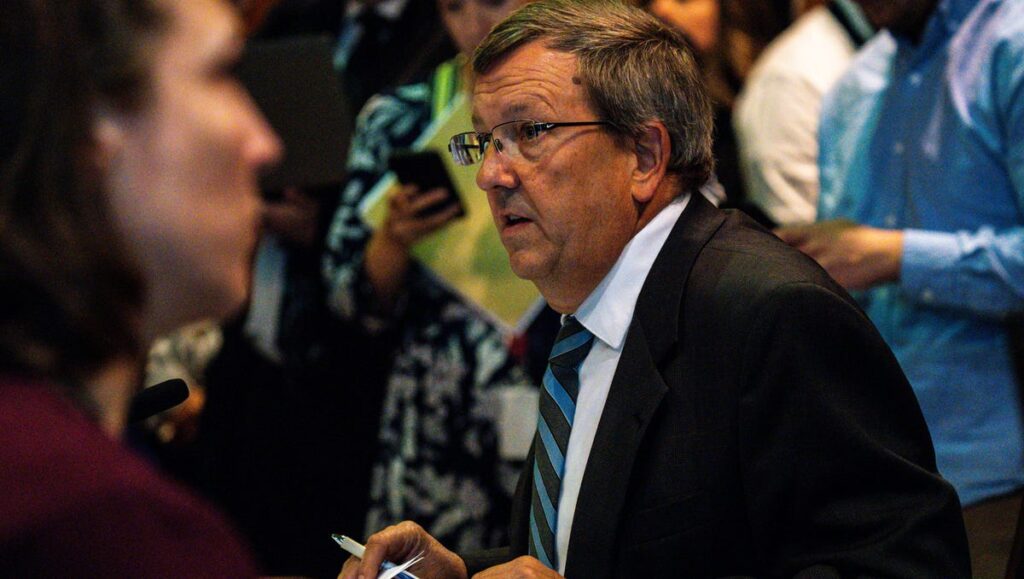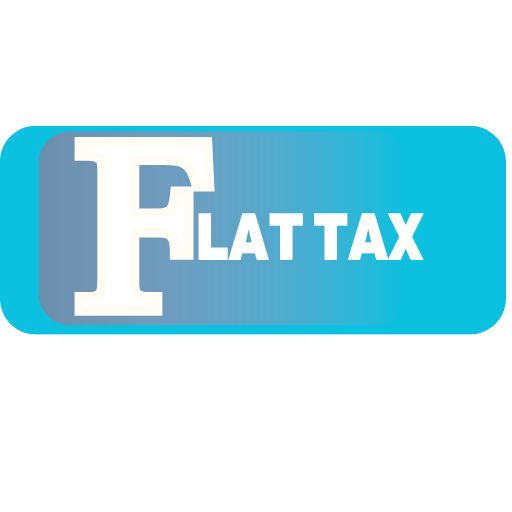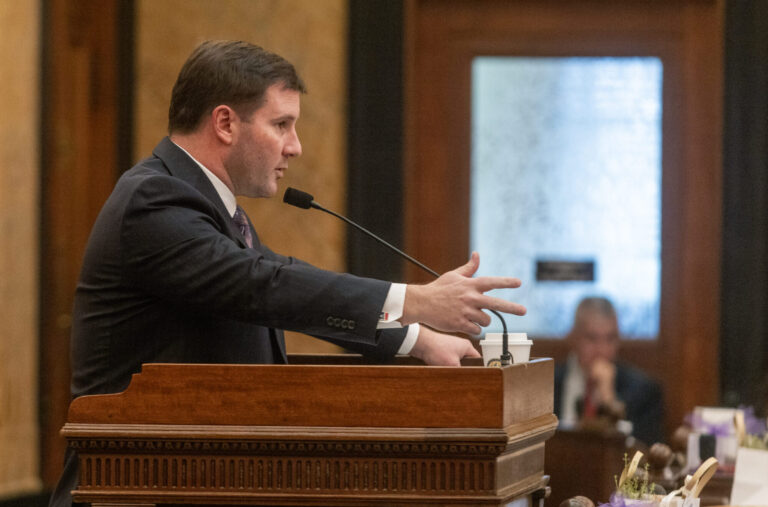
Iowa revenues will drop below current spending with new 3.8% flat tax
WATCH: Gov. Kim Reynolds signs bill lowering state tax rate
Gov. Kim Reynolds signs SF 2442 lowering income tax rates to a flat 3.8% Wednesday, May 1, 2024, at the Iowa State Capitol.
When Iowa lawmakers return to the Capitol next month, they will have less money to craft a new state budget than they spent this year — courtesy of Iowa’s new flat tax.
Gov. Kim Reynolds, a Republican, said in a statement that the financial estimates “are what we expected due to our responsible, growth-oriented fiscal stewardship,” pointing to Iowa’s multibillion-dollar budget surplus.
“Iowa’s conservative budgeting practices and commitment to shrinking the size and scope of government have once again put our state in a strong financial position just as our low, flat income tax rate of 3.8% takes effect next year for every Iowa taxpayer,” she said.
Iowa’s three-member Revenue Estimating Conference met Thursday to forecast how much money the state is expected to take in during the next two fiscal years.
The panel predicts Iowa will take in $9.15 billion in fiscal year 2025, the current fiscal year, which began July 1. That means the state will have enough money to cover the $8.91 billion budget lawmakers passed this spring.
According to the new estimates, Iowa revenue will drop by $602 million — or 6.2% — compared with fiscal year 2024, when the state collected $9.76 billion.
And state revenue is expected to drop by a further $428 million — or 4.7% — in fiscal year 2026, which begins July 1, 2025.
The panel predicts Iowa will take in $8.73 billion in fiscal year 2026, meaning lawmakers will have less money available to spend than they budgeted this year.
Reynolds is required by law to use the panel’s estimates when submitting her proposed budget to the Iowa Legislature in January.
The law allows Iowa to spend up to 99% of available revenue.
The main reason for the drop in state revenues is the 3.8% flat income tax rate that will kick in Jan. 1. Iowa’s top income tax rate this year is 5.7%.
“Tax cuts are clearly what are driving the reductions in state revenue,” said Kraig Paulsen, the director of the Iowa Department of Management and a Republican member of the panel. “So to be clear, but for the tax cuts the state would be seeing revenue growth.”
On top of Thursday’s revenue projections, Iowa has a $2 billion budget surplus, $961 million in its reserve accounts and $3.75 billion in the Taxpayer Relief Fund, which must be used to reduce taxes.
The money in those accounts means Iowa has the ability to cut taxes further if lawmakers and the governor want to, Paulsen said.
“We’re in a strong financial position,” he said. “There’s opportunities to leave more in Iowans’ pockets.”
Rep. Timi Brown-Powers, D-Waterloo, the ranking member on the House Appropriations Committee, criticized Reynolds and Republican majorities in the Iowa Legislature for their handling of taxes and the state budget.
“The Reynolds economy is not working for most Iowans and today’s revenue projections prove it,” Brown-Powers said in a statement. “Every week Iowans are experiencing more layoffs and rising costs while corporations make more money and get endless tax breaks. Our work in the next session must be focused on lowering costs and helping people make ends meet, not more giveaways to the special interests and wealthy.”
Sen. Janet Petersen, D-Des Moines, the ranking member on the Senate Appropriations Committee, said Reynolds needs to be more transparent about the state’s education savings account program, which provides families with money to pay private school costs.
“Iowa’s revenues are still declining,” Petersen said in a statement. “With the floodgates set to open on the Republicans’ private school voucher program, it’s more important than ever that Iowans are able to see where their money is being spent, especially as most Iowans aren’t feeling any positive effects from the Republican majority’s budgeting priorities.”
Iowa spent $129.9 million on its education savings account program during the last school year and could spend more than $234 million this year if the 30,000 approved students successfully enroll in a private school. The law, signed by Reynolds last year, provides families with about $7,800 per student to pay private school costs.
“$300 million and counting toward vouchers, and yet the Reynolds Administration has failed to provide even the most basic information about where our tax dollars are going or how our children are being served,” Petersen said. “We have far too many unanswered questions. Gov. Reynolds must be transparent with Iowa’s taxpayers.”
Senate Majority Leader Jack Whitver, R-Grimes, said in a statement that the estimates “confirmed Iowa remains on a fiscally sustainable path.”
“For too long state government has been taking too much money from working Iowans,” Whitver said. “Years of historic tax cuts have reduced the amount of money confiscated from Iowans. Even with those cuts, the state budget maintains enough revenue growth to continue responsible increases in education and ensure law enforcement has the resource(s) they need to keep us safe.”
Stephen Gruber-Miller covers the Iowa Statehouse and politics for the Register. He can be reached by email at [email protected] or by phone at 515-284-8169. Follow him on Twitter at @sgrubermiller.




